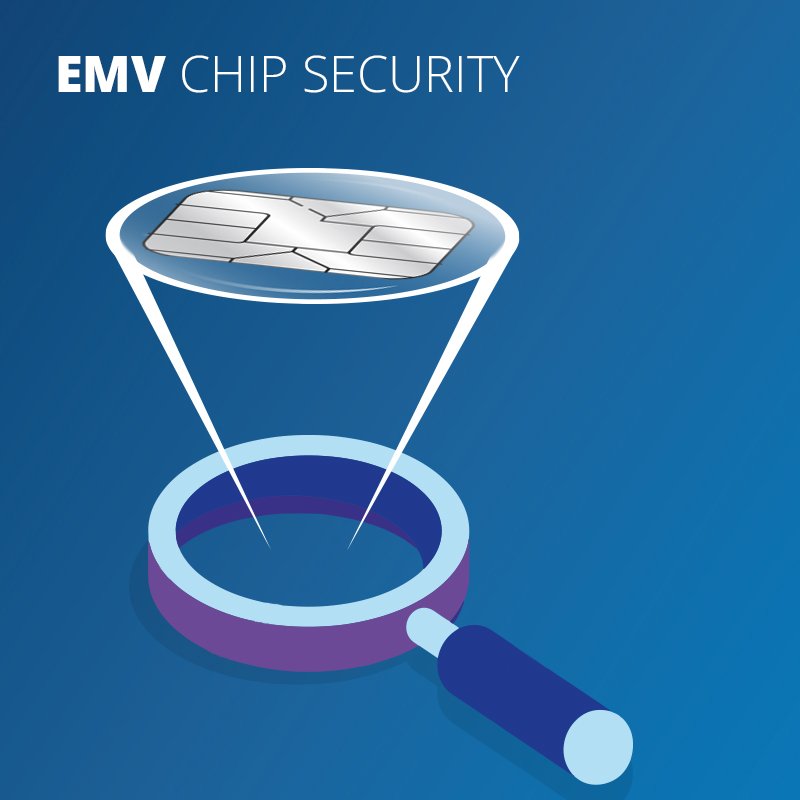kona emv chips mitigate risk

Hackers don’t like using their own card for phishing scams, so they use yours. In the past it was easier to dig for snapshot money flips, money mulling, and payment card cloning. The magstrip didn’t offer sophisticated security features, and skimmed or cloned payment cards where common.
One way the global payment industry has sought to prevent fraud, is through the use of EMV chips on personalized payment cards. The EMV chip authenticates both the payment card and cardholder through performing transactional security. Dual-interface EMV chip is a contactless payment technology that is being rolled out across the globe for additional interoperability and seamless transactions; but it raises the bar on security standards, as sensitive card data become vulnerable to interceptions. There’s a reason why our Kona EMV chips yield more security improvements for payment cards.
Protecting Data during Payments
Broadly speaking, EMV chips perform transactional security during the payment process; it requires an electronic power up to be able to perform across the payments network. No single tactic can mitigate the risk of fraud or data theft, but EMV chip technology aids in protecting card data through:
- Advanced Cryptography
The EMV chips transaction process relies on the generation of Dynamic Data Authentication, Static Data Authentication, and Combined Data Authentication (DDA, SDA, & CDA), to authenticate payment cards. Some form of cryptography is present in digital signatures using asymmetric & symmetric cryptographic keys to securely execute data exchange with payment networks, such as card issuer and payment processor.
Offline or asymmetric cryptography replaces physical inspection of a card, previously the case with magstrips, the electronic card authentication is only available for the issuer to decrypt.
Online or symmetric cryptography is often related with real-time payment authorization. The important aspect to highlight is the generation of a unique application cryptogram that enables the EMV chip to protect card-present transactions. The process includes applying an algorithm to the payment network including transaction-specific data.
- Transaction Data Encryption
Card data encryption prevents intermediaries, whether hackers, phishers, or unauthorized Third Party Providers to discover or tamper with payment card data. Card data is encrypted as soon as it enters the payment system at the POS terminal, and can can only be decrypted at the end of the payment network- either a payment gateway provider, acquirer, or payment processor. These sophisticated encryptions are End-to-End Encryptions and point-to-Point Encryptions, E2EE & P2PE. They immediately protect data at card swipe, PIN entry, or contactless taps. This form of encryption allows banks to manage risk and perform cryptographic computations dynamically.
Differences Amongst Solutions
Banks & financial institutions need high security to protect card holders against transaction-related fraud and private data breaches. Our EMV chips satisfy all security requirements with its PCI compliant java Platform; it provides multi-application use for contact, contactless, and dual-interface cards to deliver benchmark transactions with less complexity, and less costs. Kona chip is optimized for transaction speed and is highly interoperable to perform cross-border payments and enable a differentiated customer experience.